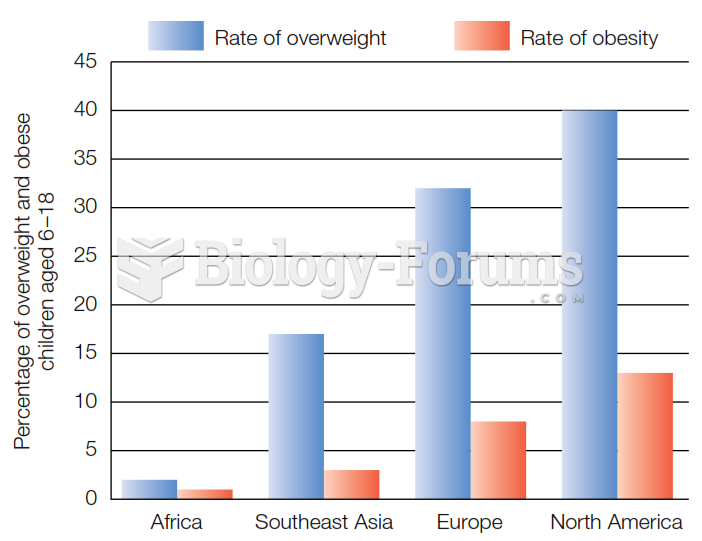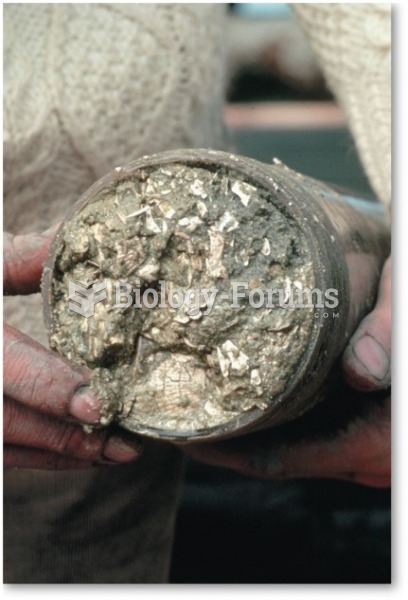Answer to Question 1
The mid-ocean ridge is a continuous underwater mountain range that winds through every ocean basin in the world. It is entirely volcanic in origin, wraps one-and-a-half times around the globe, and rises more than 2.5 kilometers (1.5 miles) above the surrounding deep-ocean floor. New ocean floor forms at the crest, or axis, of the mid-ocean ridge. By the process of sea floor spreading, new ocean floor is split in two and carried away from the axis, replaced by the upwelling of volcanic material that fills the void with new strips of sea floor. Sea floor spreading occurs along the axis of the mid-ocean ridge, which is referred to as a spreading center. At the same time, ocean floor is being destroyed at deep ocean trenches. Trenches are the deepest parts of the ocean floor and, on a map of the sea floor, resemble a narrow crease or trough. The largest earthquakes in the world occur near these trenches; they are caused by a plate bending downward and slowly plunging back into Earth's interior. This process is called subduction, and the sloping area from the trench along the downward-moving plate is called a subduction zone.
Answer to Question 2
Captain James Cook (1728-1779 ) was a British navigator and explorer who undertook three voyages of scientific discovery from 1768-1779. Cook explored the Southern Ocean around Antarctica in an attempt to find the continent. He also extensively explored the Pacific Ocean and mapped previously unknown island groups, including Hawaii. Cook initiated systematic sampling of subsurface water temperatures, measured winds and currents, and took soundings of bottom depths. Cook also used John Harrison's chronometer as a means of determining longitude at sea.







![Logic1000 - oceanic ft. Vagabon [rebirth] (official video)](https://biology-forums.com/gallery/49/medium_6_10_11_24_10_23_56.jpg)